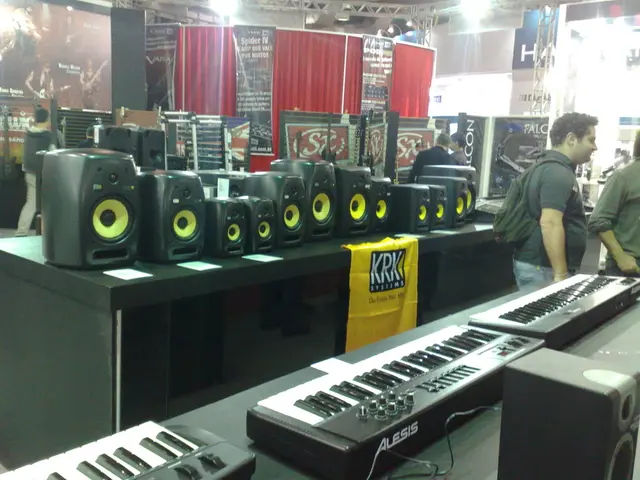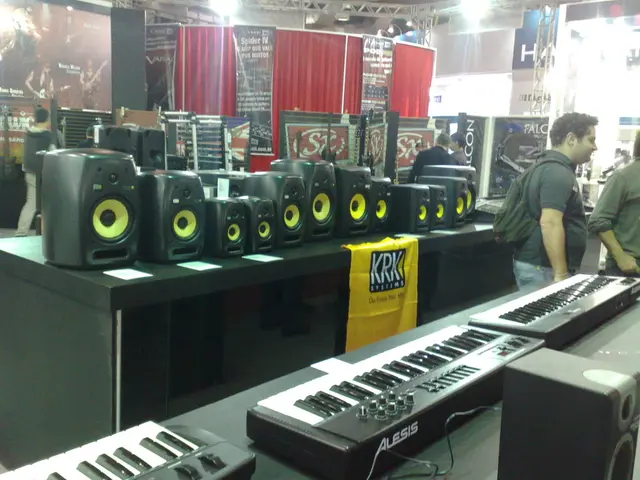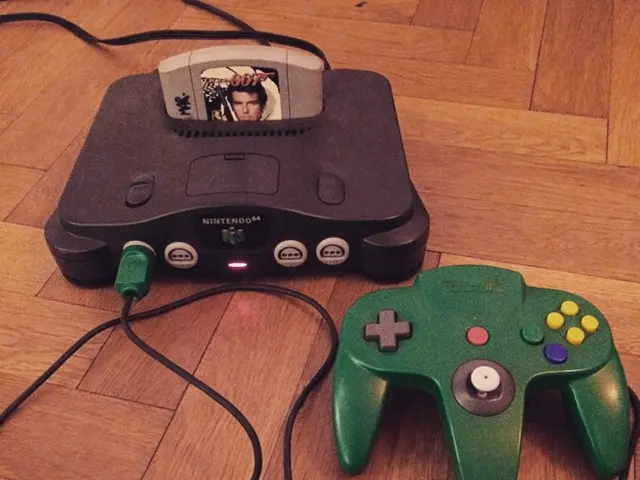Identifying Counterfeit Gambling Chips: Reasons to Avoid Their Use
In the world of gambling, the allure of high-stakes games is matched only by the potential for fraud. One such area where this is particularly true is the counterfeiting of casino chips.
If you attempt to buy in or cash out over $10,000 in the US, or equivalent amounts in other countries, the government requires the provision of your ID and Social Security Number (SSN) for money laundering prevention. Similarly, casinos themselves will try to obtain your name and ID when you buy in or cash out with high-value chips, and failure to provide this information may raise suspicions.
Counterfeit chip scams have been a problem in casinos since their inception, with unsuspecting tourists being a prime target. One of the most common methods involves counterfeiting $100 chips due to the ease of hand painting and replacing inlays. Operations providing fake inlays have been shut down or gone underground, but the demand for counterfeit chips persists.
Casinos manufacture authentic chips with high-quality materials such as clay, ceramic, or composite blends, giving chips distinctive weight (typically 9 to 13.5 grams) and durability. They also incorporate unique branding at the center of the chip that is specific to each casino, making exact replication challenging. Additionally, modern casinos implement chip authentication technologies designed to detect counterfeit chips, enhancing security further.
These security elements collectively raise the barrier for counterfeiters because:
- Material and manufacturing complexity: Genuine chips require specialized blends and precise manufacturing processes that are hard to replicate
- Unique casino-specific designs: Each casino’s chips have proprietary logos, colors, and patterns
- Electronic or other authentication methods: Some chips include embedded features like RFID or other electronic markers to verify authenticity during play
Due to Know Your Customer (KYC) and Anti-Money Laundering laws, every casino tracks high-value chips. If you buy in with chips worth more than $500 or $1,000 (purple or orange), the floor supervisor calls surveillance and takes your picture. Even though all casinos might have green $25 chips, the exact shade is distinct and can be hard for counterfeiters to match.
Making counterfeit chips is a time-consuming and almost always futile exercise. The sheer number of cameras in casinos allows for tracking of individual chips and going back weeks or months on surveillance footage. One elaborate scam involving counterfeit chips, which has been prevalent since the early '90s, involves offering high-value chips at significantly discounted prices, often with the promise of immediate high returns.
It's important not to let greed suspend disbelief when dealing with chips outside of casinos, and to be wary of offers that seem too good to be true. The odds of receiving a counterfeit chip inside a real casino are very low, but it's important to be cautious when buying or selling chips outside of casinos. Counterfeit chip scams have been a problem in Las Vegas since its founding, with unsuspecting tourists being a prime target. In general, it's advisable to avoid gambling on the authenticity of the chips you're trying to cash in.
- In Las Vegas, counterfeit chip scams have been a persistent issue since its founding, targeting unsuspecting tourists.
- The allure of casinos and gambling extends to the blogosphere, with many discussing big-wins and lackluster experiences related to blackjack, slots, poker, roulette, and lotteries.
- The casino culture boasts of casino personalities, some of whom have become famous for their responsible gambling and strategic playing techniques.
- The manufacturing of authentic chips involves high-quality materials like clay, ceramic, or composite blends, providing chips with unique weight and durability, and specific casino-branding at the center.
- Casinos employ chip authentication technologies to detect counterfeit chips, making it difficult for fraudsters to infiltrate the casino-and-gambling scene easily.
- KYC and Anti-Money Laundering laws require casinos to track high-value chips, with floor supervisors taking pictures of players dealing in chips worth more than $500 or $1,000.
- Gambling trends show that people are increasingly interested in exploring casino games beyond the traditional slot machines, poker tables, and roulette wheels, embracing the diverse casino-gambling landscape.







